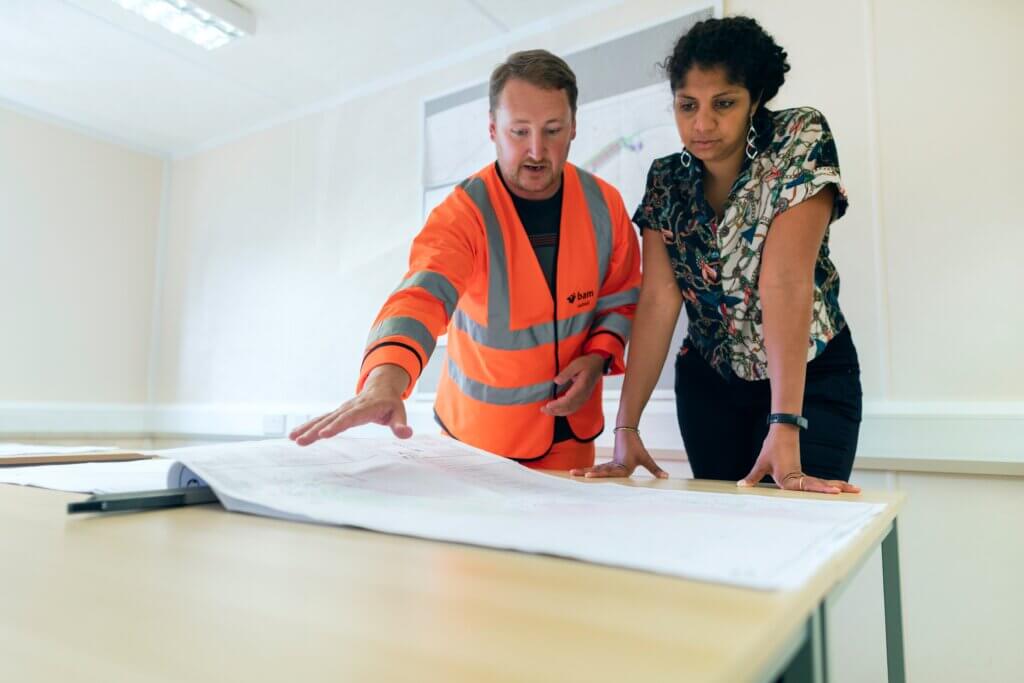Conducting a risk assessment within your organisation
Welcome to this week’s blog post from LH Consulting where we will discuss the simple steps to conducting a risk assessment.
When it comes to conducting a risk assessment within your organisation, it can be difficult to know where to start. This post has been put together to help you understand how to approach each stage of completing a risk assessment so you can mitigate risks within your company.
Why should risk assessments be carried out?
- To identify hazards that you may be unaware of
- To reduce the likelihood of accidents and incidents occurring due to uncontrolled hazards / risks
- If communicated effectively, this can be a valuable source of information for workers
- It is a legal requirement for employers to carry out risk assessments to reduce risks as far as reasonably practicable
- Demonstrates your commitment to health and safety
- To meet the requirements of ISO 45001
Who to involve in a risk assessment?
You may consider putting together a risk assessment team consisting of workers with different roles. This will be beneficial, as each member of the team will have a different area of expertise, allowing the team to make informed decisions.
Workers who carry out the activities being assessed on a daily basis are valuable to involve in a risk assessment as they have specific, practical knowledge. Supervisors and Managers may also be valuable as they may have a broad range of experience in the area being assessed.

The 5 steps to completing a risk assessment
Step 1: identify the hazards
There are 6 different types of hazards you should be looking out for during this stage:
- Biological
- Chemical
- Physical
- Safety
- Ergonomic
- Psychosocial
One of the easiest ways to begin identifying hazards is by simply walking around your workplace and observing activities. You may then go on to speak to workers who carry out the jobs on a daily basis. This will be a valuable source of information as they will be more informed of hazards present throughout processes which you may not be aware of.
Another valuable source of information is previous accidents and incidents, which can be a good indicator of any trends associated with specific hazards. When identifying hazards, legislation applicable to your company can also be a good source of information. The requirements present within legislation are indicators as to where specific hazards may be present.
Step 2: Decide who might be harmed / how
At this stage, you must consider who may be harmed beyond just the employees in your workplace. These people can include subcontractors, visitors, members of the public, neighbours and even trespassers.
Once this has been established, the next step is to consider how people could be harmed by the hazards identified.
As an example, we will look at the hazard of the use of hazardous substances during production processes. It is not sufficient to identify the people that may be harmed as just production workers. In this case, we must consider what specific processes they would have to be involved in to be exposed to this hazard e.g., microfinishing. How they could be exposed should also be considered e.g., through skin absorption or inhalation. It is also important to establish how they could be harmed by the hazard e.g., skin irritation and burns.
Step 3: Evaluate risks arising from the hazards and take action to control them
This stage is about identifying the risks associated with the hazards and implementing control measures to mitigate these risks. The goal of a risk assessment is not to eliminate all risks, but to mitigate them as much as possible.
Consideration must also be given as to how likely it is that each hazard could cause harm to the people identified.
It is likely that there will already be some control measures in place, which should be included as part of the control measures in the risk assessment. Additional control measures should also be established to further mitigate risks where necessary.
Step 4: Record significant findings
If your company employs 5 or more people, then it is a legal requirement to record in writing the results of the risk assessment. Having the results of a risk assessment within a document will mean you can go back to this to review and update the risk assessment when needed.
At this stage, it is also important to communicate the findings resulting from risk assessment to employees. This is a requirement, but it will also be beneficial for employees to be aware of the hazards and risks present and the control measures implemented.
Step 5: Review assessment regularly
Situations within the workplace can change quickly. These changes can result in risk assessments becoming less relevant and accurate to the activities taking place. To ensure that risk assessments stay relevant and allow your organisation to effectively control and mitigate risks, regular reviews are necessary.
A good way to keep on top of this is to schedule in an annual review of the risk assessment. However, if significant changes take place in the workplace which may affect the risk assessment, it should be reviewed again if deemed appropriate.
We hope this post has helped you understand how to conduct a risk assessment within your organisation!
If you require consultancy support for your management systems or risk assessments, please do not hesitate to contact us.
LH Consultancy Services is an ISO Management Systems and Legislation Support Consultancy based in the West Midlands. We support businesses and individuals to make compliance easy. All of our services cover the breadth of the UK. We also work with a variety of businesses including those based in small towns and major cities.



